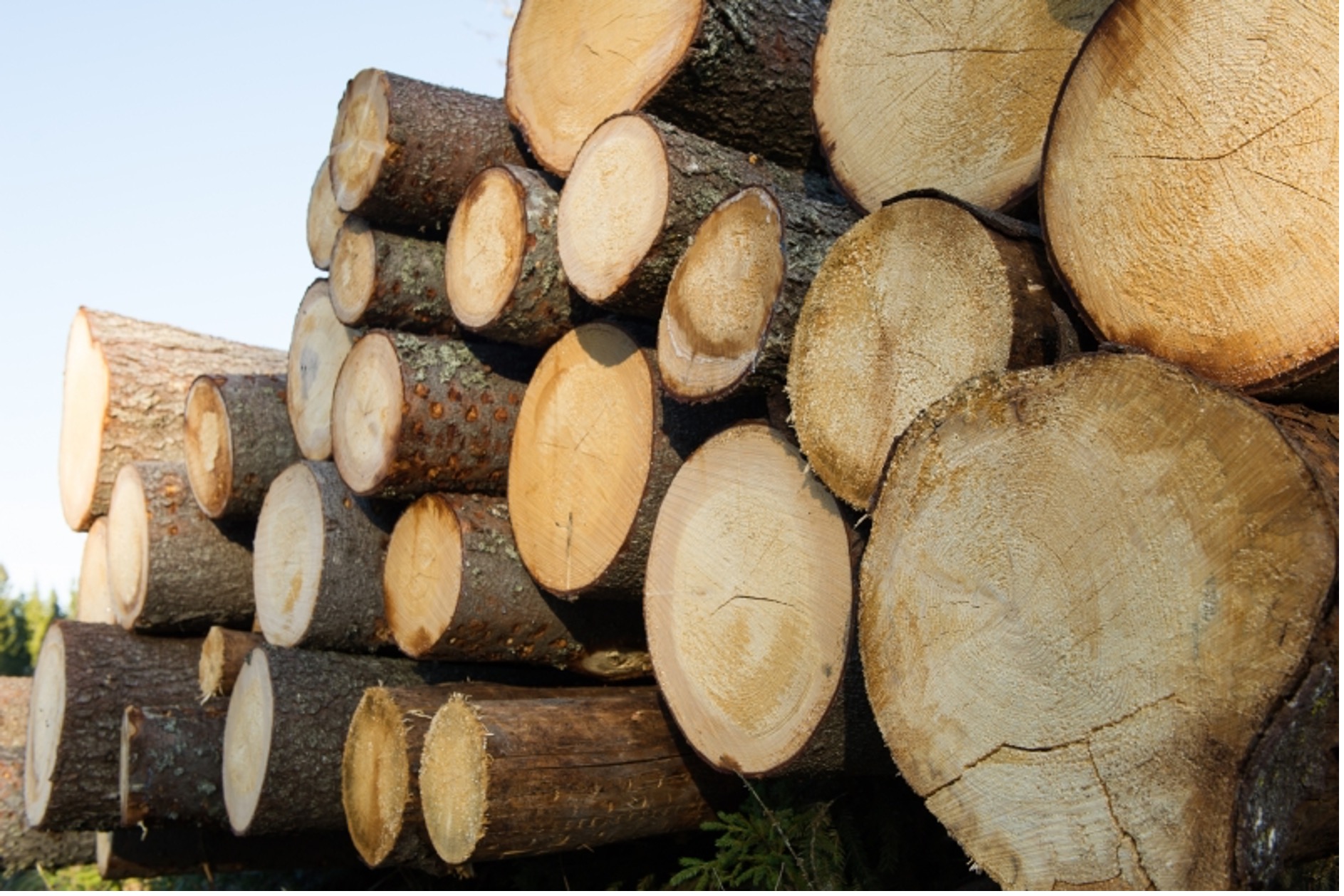Seita Romppanen, Romppanen works at the UEF Law School as a Senior Lecturer in International Environmental Law.
Photo by Sebastian Unrau on Unsplash.
In July 2016, the European Commission issued a legislative proposal on how to include the land use, land-use change and forestry (LULUCF) sector in the EU’s climate and energy framework for the 2021-2030 period. The EU’s overall goal for the period is to reduce greenhouse gas emissions by 40% from 1990 levels. The proposal is based on a ‘no debit’ approach, meaning that land-use emissions must be entirely compensated by removals, with some flexibilities between the LULUCF sector and the effort-sharing and EU emissions trading sectors.
Notably, the Commission’s proposal would introduce binding mitigation targets in the LULUCF sector for all EU Member States. Moreover, emissions from bioenergy are also to be included in the new framework. However, regulating LULUCF sector’s climate impacts is tricky as forests call for different perspectives in different contexts in the global environmental agenda. Issues such as the forest carbon cycle, biodiversity, conservation and the increasing need for forest biomass for energy call into play strong yet conflicting perspectives on how forests should best be exploited and regulated.
THE DEBATED FINNISH FORESTS
Especially in Finland, the Commission’s LULUCF proposal has been highly contentious. One of the key controversies relates to the proposed forest management reference levels and associated accounting rules for LULUCF. The reference level essentially compares the change in the carbon sink to an earlier point in time. The projected harvest intensity (e.g. forest biomass use) is compared with the past forest harvest intensity. Depending on the reference level, increasing the use of the forest will decrease the sink (i.e. cause emissions) and the debit needs to be compensated for by emissions reductions in other sectors.
If a Member State exceeds the reference level (i.e. removal of emissions), it can take advantage of the excess for flexibilities in other sectors. In Finland, bioenergy plays a strong role in the current government’s programme. The government is committed to increasing the use of renewables by up to 50% in the 2020s. This increase will be, in principal, achieved through ‘growth in the supply of bioenergy’ and in especially, ‘the greatest opportunities’ will be achieved through increasing the production of liquid biofuels. In concrete terms, Finland plans to increase wood harvesting from the current 66 million cubic meters annually to 80 million by 2030. Through these extensive targets, Finland aspires to become the world’s pioneer in bioeconomy.
As the Commission’s LULUCF proposal links the use of forest biomass for bioenergy to the LULUCF sector’s emissions, it has lead to a heated debate in Finland on GHG emission savings that could be achieved through the use of bioenergy. The Commission has proposed to set the years 1990–2009 as the baseline against which the reference level should be calculated. Last July, the European Parliament voted in favor of stronger LULUCF accounting rules and proposed a new baseline of 2000–2012. The Finnish government considered these proposals as unfair for Finland as the proposed reference level would cover years that were particularly difficult in the forestry sector and thus, create a negative gap between historical and projected forest harvest intensity. Put bluntly, the reference level proposed by the Parliament would not allow for the planned increase of forest biomass use without compensatory (and costly) action elsewhere.

LULUCF IS A PERFECT ILLUSTRATION OF A COMPLEX AND SYSTEMIC ENVIRONMENTAL PROBLEM THAT CHALLENGES POLICYMAKERS AND REGULATORS
The Finnish government argues that through sustainable forest management it is possible to increase forest harvest intensity while also increasing Finland’s carbon sink. Yesterday, the Parliament’s plenary voted to support this view, and the previously ambitious approach was weakened. Among other amendments, an amendment that would give the Commission the possibility to ‘grant a derogation’ from the baseline upon ‘reasoned request by a Member State’ was accepted by the Parliament.
However, the Finland’s official views have been challenged both internationally and domestically by a large group of researchers from leading research institutes, including the Finnish Climate Change Panel. Indeed, strict reference levels are backed up by science: from a climate perspective, a reduction in the forest sink leads to more CO₂ emissions – even if forests are managed sustainably. In addition, increased harvesting is also detrimental to forest biodiversity and ecosystems. However, there is a clear conflict between the EU’s LULUCF proposal and Finland’s plans for bioeconomy – plans that were partly built to respond to EU’s targets pushing for increased use of bioenergy and biofuels. Now, we are already turning back from the biofuels path, and sustainable use of forest biomass does not encourage using wood for energy. Regulating the delicate interface between science and policy is difficult, and the polarised and inflammatory debate between the two camps does not facilitate the regulators’ task in finding a climate-positive and both economically and environmentally sustainable compromise. In EU, the legislative procedure is still open and thus comprehensive conclusions of the new regulatory architecture on LULUCF are yet not possible.
If we wish to ensure that our climate action keeps to a fair and sustainable path, and that it complies with the legal requirements to which we are subject, Finnish bioeconomy plans must be based on, and amended by reference to, the best available science. This includes the fact that our government accepts the fact that the policy has changed, and that the change is justified by science. If we as one of the wealthiest and most educated countries in world cannot cut our emissions, who can? However, and very centrally, this does not mean that we will not be able to exploit our forest resources in the future – this is not what the EU is saying – but it does mean that we should reorient, diversify and adapt our public policy in relation to forests to respond to today’s climate reality. Thus, the need to revise our strategies could be treated as an apt opportunity to innovate alternative and new uses of forest biomass. Finland is already known for its sustainable wood products as well as novel wood construction solutions – should we not build on these innovations instead of emitting them as CO₂ up in the atmosphere?
